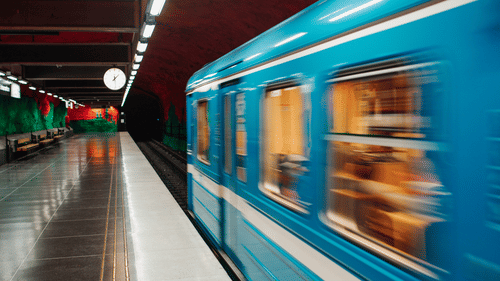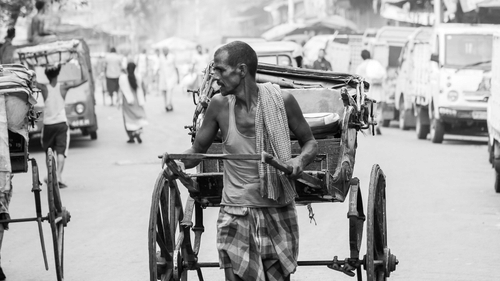The Unique Modes of Transport in Kolkata
Kolkata, the former capital of India, is the seventh-most populous city in the country. It is home to India's oldest port and is the cultural centre of the country. Every part of the city has a historical significance behind it, even the modes of transport. When you visit the City of Joy, make sure to ride in each one of them as they offer a memorable experience.

Metro
No conversation about modes of transport in Kolkata would be complete without mentioning the metro. Kolkata was the first city in India to have a rapid transit system. The foundation stone for the first metro station was laid by Indira Gandhi in 1972 and it became operational in 1984. The initial service covered an area of just over 3 km which has evolved to over 31 km in March 2022. It currently consists of two lines - blue and green, there are plans to add 4 more lines - purple, yellow, orange and pink; the former three are expected to begin operations by 2024.

Trams
If you've been to Kolkata before, you have noticed the tram service running on ground level alongside automobiles. The first horse-operated tram began operations in 1873 but was quickly replaced by the electric tram in 1902. It is the oldest operational tram in India. Dwindling profits due to lack of users may spell disaster for this icon of local transport in Kolkata so go experience it before it's too late.

Rickshaws
Another long-time mainstay of public transport in Kolkata is the hand-pulled rickshaw. Referred to as 'tana' rickshaw by the locals, Kolkata is the only city in the world to issue licenses for hand-pulled rickshaws. Initially introduced as the middle-class answer to the palanquins used by the upper classes, they quickly became ubiquitous around the city, being used to transport cargo around the city and by children to commute to and from school. They are slowly dying out as faster and less strenuous modes of transport have been introduced, but they remain for now, as a reminder of times gone by.

Taxis
Another icon of Kolkata is the yellow taxi. First introduced in 1958, the yellow(peeli) and black & yellow(kaali-peeli) iterations quickly became a regular sighting all over the roads of Kolkata. The rise of app-based taxis and other more economical modes of transport have caused a steep decline in operations of the former "King of Indian roads". The pandemic and rising fuel costs have also caused widespread disruption to their services.
And if you're visiting Victoria Memorial, arguably the most famous landmark in Kolkata, do not forget to indulge in the Tanga(horse-driven carriage) rides. Kolkata has a lot of stories to tell about its rich and varied heritage. Now that you know how to navigate around the city of joy, come stay at Polo Floatel and go searching for those stories.

